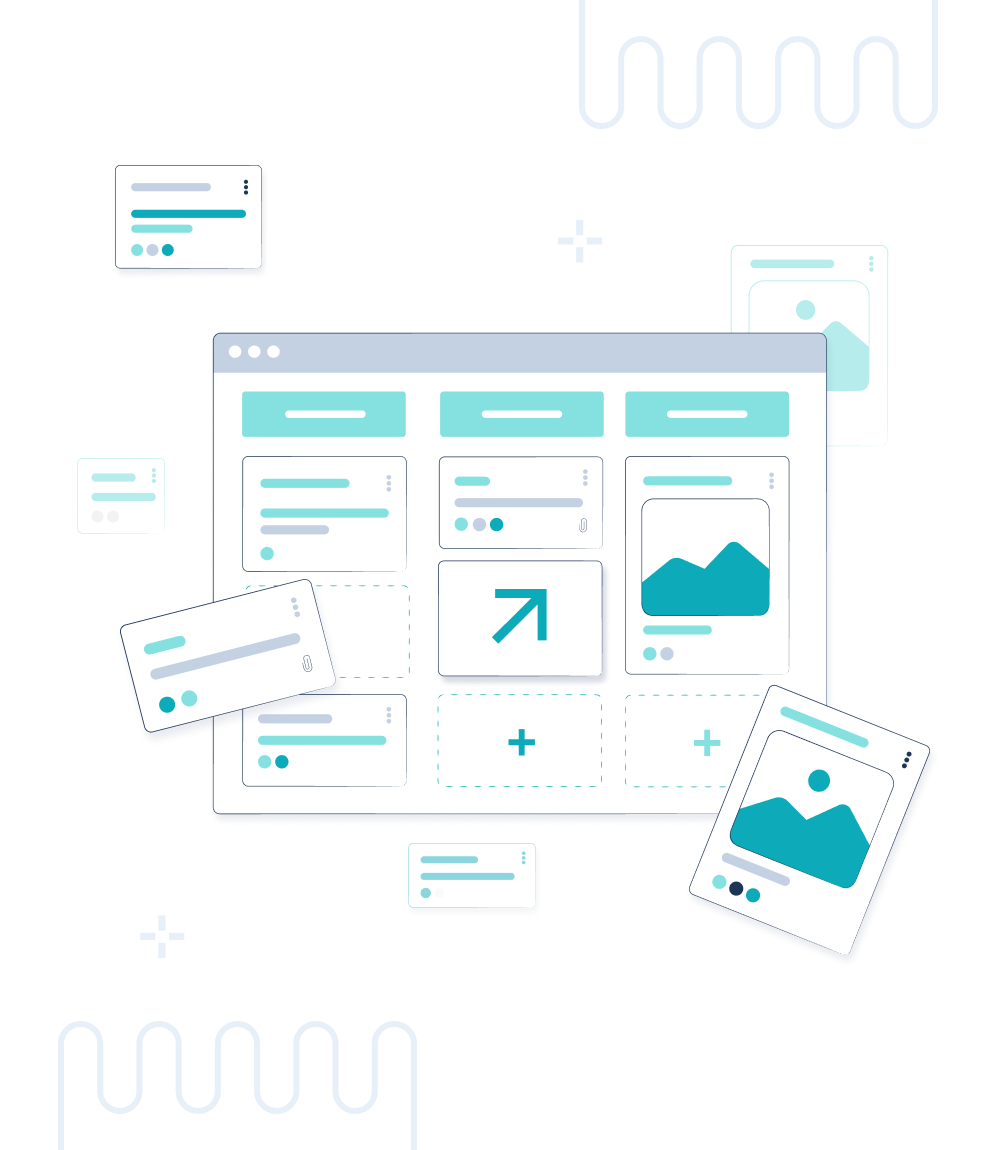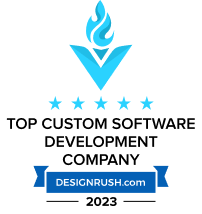In the world of startups and ventures, success is often attributed to a combination of insight, innovation, and the ability to make swift, informed decisions. The beating heart at the core of these processes? The Lean Canvas Model.

The gravitas of the Lean Canvas Model in shaping business trajectories is immense. It doesn't just guide comprehension and communication of your startup's offerings; it helps crystallize them. It unearths the pain points, magnifies your unique value propositions, and sketches a panoramic view of your business realm. By transforming nebulous ideas into concrete, executable strategies, the Lean Canvas Model empowers entrepreneurs to navigate their path to success with increased confidence and precision.
As we journey through the forthcoming sections, we will unfurl this potent tool in its entirety, shed light on its practical applications with noteworthy real-world examples, and unveil how you can use the Lean Canvas Model to catapult your venture to new heights.
What is the Lean Canvas Model?
The Lean Canvas Model is a strategic management and lean startup template that provides a visual chart with elements describing a firm's or product's value proposition, infrastructure, customers, and finances. It offers a bird’s eye view of your business, serving as a dynamic living document that evolves with your understanding of the business.
The Lean Canvas Model: 9 key components
Problem: Here, you list the top 1-3 problems your customer segment faces that your business aims to solve.
Customer Segments: These are the groups of customers that your business aims to reach and serve.
Unique Value Proposition: This is a clear statement that explains how your product solves customers' problems or improves their situation, delivering specific benefits.
Solution: Outline the possible solutions for each problem.
Channels: The avenues through which you reach your customer segments.
Revenue Streams: The sources from where your business makes money.
Cost Structure: All the costs you'll incur while operating your business.
Key Metrics: The key numbers that tell you how your business is doing.
Unfair Advantage: Something that your competitors cannot easily replicate or do.
Each of these blocks is interconnected and integral to forming a comprehensive understanding of your business venture. The Lean Canvas Model acts as a roadmap that guides you through these critical aspects, enabling you to conceptualize, scrutinize, and iterate your business model effectively.
Key Metrics in Lean Canvas: Measuring Success
While it may all seem straightforward so far, there's a crucial point we need to touch upon before moving forward. Don't underestimate the power of "Key Metrics" in your Lean Canvas Model! These indicators are your business's pulse, reflecting the health and progress of your venture. They aren't just standard business statistics but are tailored to the unique aspects of your business model.
Each element of your Lean Canvas—from customer segments to value propositions—should align with corresponding key metrics. Metrics for Airbnb might involve the number of listings or user retention rates. For Dropbox, it could be the rate of conversion from free to premium subscriptions.
The right key metrics provide invaluable insights, helping navigate your venture's course more accurately. They're the flashlight in the startup tunnel, guiding you toward your objectives and alerting you when it's time to pivot or iterate.
Adopting a User-Centric Focus: The Lean UX Canvas Way
As we dissect the world of lean principles and their transformative impact on startups and ventures, another powerful tool comes to the fore: The Lean UX Canvas. An invaluable resource, it brings a fresh perspective to the user experience, bridging the gap between lean principles and user experience design.
The Lean UX Canvas, much like its counterpart, the Lean Canvas Model, serves as a one-page action plan. However, it goes a step further, expanding the scope to include not just the business strategy but also the user experience. It helps teams align on a shared understanding of the problem they are trying to solve and guides the creation of hypotheses about potential solutions.
8 Components of the Lean UX Canvas
Business Problem: What is the business issue you are trying to solve?
Business Outcomes: How will you measure the success of your solution?
Users & Customers: Who are the people affected by this problem?
User Outcomes: What behavioral change do you want to see in your users?
Solution Ideas: How might your product or service solve the problem?
Hypothesis: Can you validate your solution ideas?
What's the smallest thing we could do to test our hypothesis?: Instead of launching a full solution, what's the minimum viable change you could make to test your idea?
What You Need To Learn?: The riskiest assumptions for each hypothesis.
The Lean UX Canvas – role and benefits
Shared Understanding – It provides a shared understanding of the user's problems and needs, reducing ambiguity and enhancing collaboration.
Alignment – It aligns the team around business objectives and user outcomes, connecting the dots between the user's needs and the business's goals.
Focus – It helps to maintain focus on the user throughout the product development process, fostering user-centric design.
Iterative Approach – The Lean UX Canvas supports an iterative approach, encouraging frequent testing and learning to validate assumptions and refine solutions.
As we journey through real-world examples, you'll see how the Lean Canvas and the Lean UX Canvas have been instrumental in shaping some of the most successful and user-friendly products on the market.
Harnessing the Lean Canvas: Insights from Industry Leaders
Theoretical models can often feel detached from the practical realities of running a business. To bridge this gap and truly showcase the power of the Lean Canvas Model and Lean UX Canvas, let's delve into real-life case studies. These stories of Uber, Dropbox, and Airbnb demonstrate how these strategic tools have been wielded to spark innovation, drive growth, and navigate the path to success.
Uber: A Lean Canvas Model Success Story
Uber transformed the face of urban transportation. Starting with the basic problem of inefficient and often unreliable city transportation, Uber used the Lean Canvas Model to map out its strategic direction. Key components of Uber's Lean Canvas provided a clear structure for their concept, focusing on their customer segment of urban dwellers needing a convenient, reliable, and affordable transportation solution. This careful ideation led to their unique solution: a platform connecting drivers and riders.

Dropbox: Achieving Product-Market Fit with Lean Canvas
In a world where digital files were rapidly becoming the norm, Dropbox identified the inefficiency and inconvenience of file storage and sharing. Their application of the Lean Canvas Model guided them in creating a simple, reliable solution to this digital-age problem. By defining its customer segments and unique value proposition, Dropbox was able to provide a seamless cloud storage and file-sharing solution that fit the market perfectly. Their strategic use of the Lean Canvas model components was instrumental in their growth and success.

Airbnb: Utilizing Lean UX Canvas for User Experience Optimization
Airbnb was born out of a problem the founders themselves experienced: the high cost and impersonal nature of hotels. To address this, they turned to the Lean UX Canvas, a tool that allowed them to systematically align their business outcomes with user needs. Through the Lean UX Canvas, they identified their user segment and proposed a revolutionary solution, creating an online platform that connected property owners with travelers. By continuously learning and iterating on their initial hypothesis, Airbnb revolutionized the hospitality industry and provided a unique, local, and affordable travel experience for millions.

Lean Canvas in Your Venture: Step-by-Step Guide
Implementing the Lean Canvas Model and the Lean UX Canvas into your startup or venture doesn't have to be a daunting task. Here's a simple step-by-step guide to help you navigate this process.
Understand the Models
Before you can effectively implement these tools, it's crucial to understand them thoroughly. Familiarize yourself with each section of both the Lean Canvas Model and the Lean UX Canvas and what they aim to capture.
Identify Your Problem
Start by pinpointing the problem your venture is trying to solve. Be as specific as possible, and try to understand the problem from your customer's perspective.
Define Your Customer Segments
Determine who your customers are. Create detailed personas to better understand their needs, behaviors, and pain points.
Craft Your Unique Value Proposition
Develop a clear, concise value proposition that highlights the unique ways your venture will solve the customer's problem.
Sketch Out Your Solution
Design a high-level solution to the problem. At this stage, it's okay to be broad; you will refine the solution as you understand your customer better.
Define Your Channels and Revenue Streams
Identify how you'll reach your customers and how you will generate revenue.
Outline Your Cost Structure
Understand and outline the main costs incurred to operate your business model.
Identify Your Key Metrics
Determine which indicators will show that your business model is working and that you are effectively solving your customer's problem.
Identify Your Unfair Advantage
Pinpoint what sets you apart from competitors, something that cannot be easily copied or bought.
Iterate
Lastly, remember that your Lean Canvas is a living document. As your venture grows and evolves, continuously update and iterate your canvas.
Charting Your Course with Lean Canvas
The Lean Canvas and Lean UX Canvas are more than just business tools. They're your compass in the ever-evolving world of startups, guiding you from identifying your unique value proposition, all the way to measuring success with key metrics.
Remember, these models are as dynamic as your venture—they should reflect changes and growth in your business over time. Start shaping your success story today. Implement these powerful models and experience firsthand their transformative impact on your venture.
Need assistance in shaping your digital product with Lean principles? Or perhaps you're looking to refine your current strategies? We're here to help. Get in touch with us and let's turn your vision into a tangible digital product that stands out in the market.





















